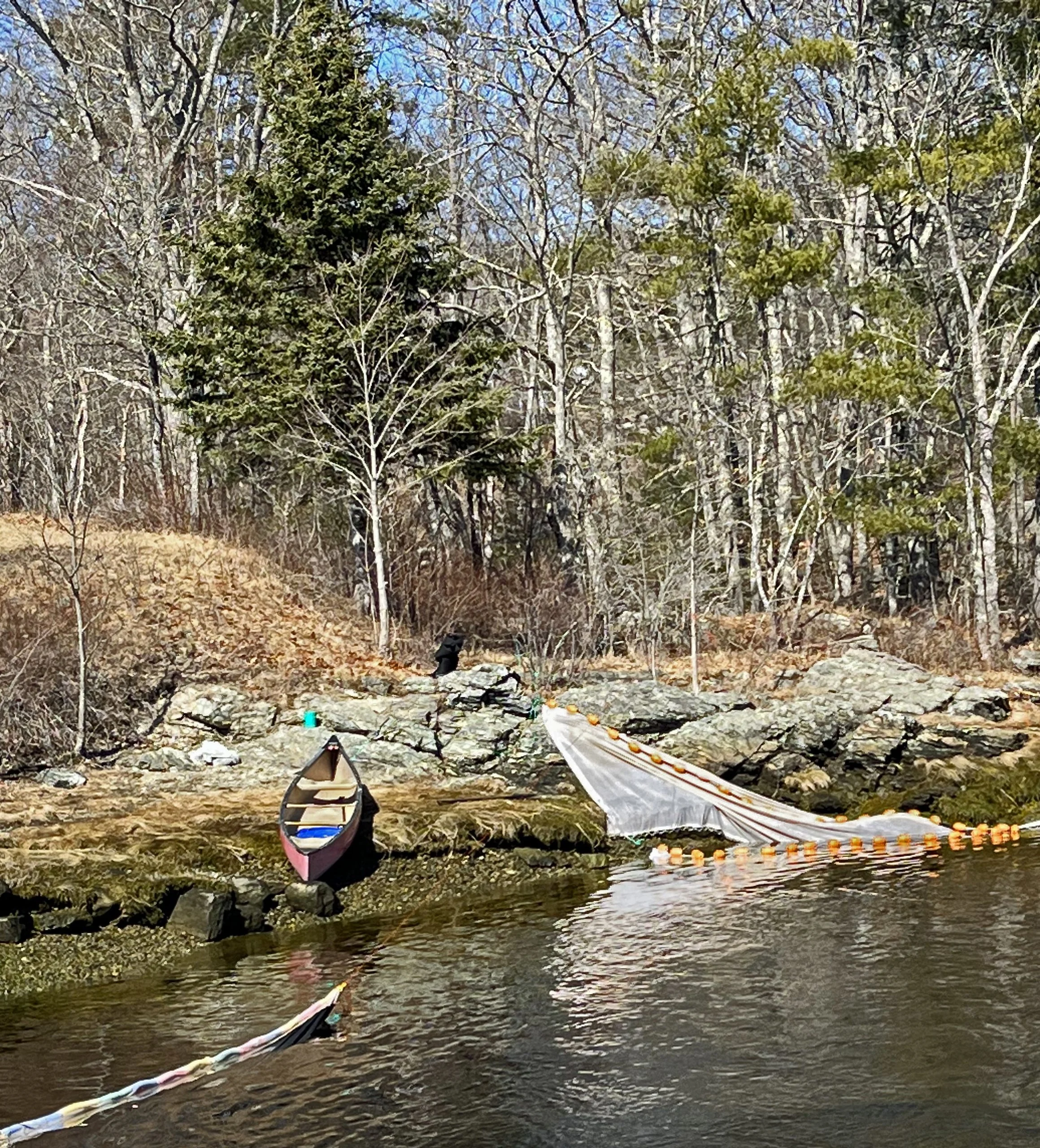On the other hand, you may want to look at this image and think about lobster trap buoys, icons that are at the center of a controversy, a dilemma, actually.
Distinctly-colored lobster trap buoys such as these mark a fisherman’s territory. However, they also are at the center of a debate about whether lobster fishing equipment is further endangering North Atlantic right whales, an already endangered species.
The buoys are attached to ropes that descend to the sets of traps on the sea bottom. Some say that these lines hanging vertically in the ocean by the thousands present a risk of fatal entanglement for whales. I’m aware of no evidence of such entanglement in the coastal waters here, but the subject is a serious one that needs a reasonable solution. Otherwise, I fear that lobster fishing here could be throttled by new regulations and equipment expenses that would make the profession as endangered as the whales.
One proposed solution that is being tested is the so-called “on-call” buoy, which doesn’t float on the surface until summoned. It’s a buoyant spool of line attached to an anchor on the sea bottom and linked to the trap set there. To retrieve their traps, lobstermen would trigger the “on-call” buoy with a timer or acoustic signal. The buoy then would detach itself from its anchor and float to the surface while unspooling its line, which would be used to haul up its traps.
Whether on-call buoys can be made to withstand the rigors of sea life and the limits of fishermen’s budgets is yet to be shown, however. Worrisome times. (Image taken in Brooklin, Maine, on March 27, 2023.)











































































